Aquafaba – fast and vegan alternative to Italian meringue!
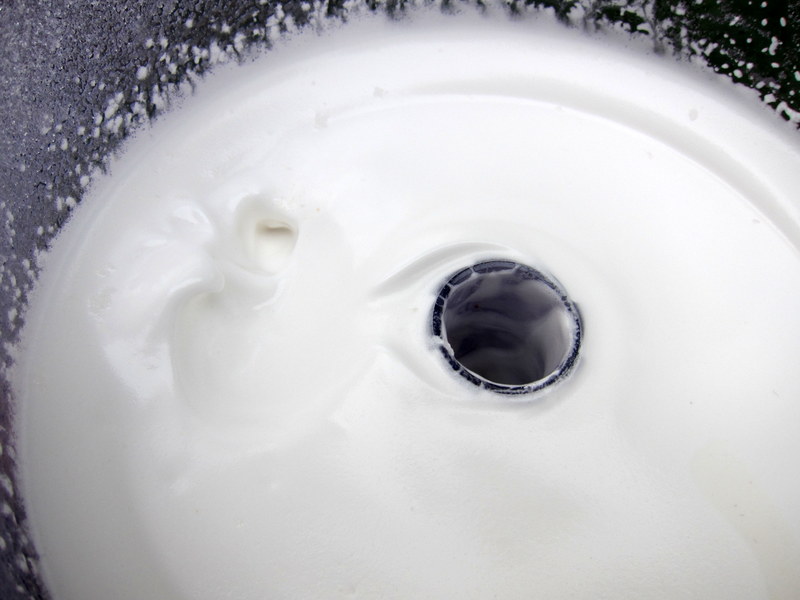
Italian meringue? No, this is actually Aquafaba meringue! For all practical purposes a perfect companion to your sorbets!
The history of Aquafaba is, despite its stunning simplicity, a recent one.
As the story goes, aquafaba was “discovered” in 2015 by a certain Goose Wohlt, experimenting to create a vegan, egg-less alternative to meringue. Put on the lead by earlier (French) attempts, he discovered that the liquid from a can of chickpeas could be whipped in the same way as egg whites. The ultimate result both looked like, and functioned as, “classic” meringue.
Using the latin names for water (aqua) and beans (faba), he named his discovery “Aquafaba”. It did not take long for the good news to spread on the internet. While the “best” aquafaba is considered to be made out of chickpeas or white beans, it would seem that other beans and legumes also could work, albeit possibly with some further tinkering.
The Science behind: Proteins, starch and plant solids unite
How – exactly – aquafaba works is still not thoroughly researched.
It seems clear, however, that the main keys to its astounding capacity to foam, emulsify, thicken and bind are the proteins and the starch (and probably some of the other plant solids) which dissolve into the water when the chickpeas/seeds are boiled.
Together, they manage to emulate the food-chemical functionality of egg whites, making aquafaba perfect for vegans and others who would like meringue without eggs.
Meringue? Could we perhaps even use aquafaba to make “faux-Italian” meringue, and put that into our sorbets to give them a boost?
Yes – Indeed!
Easy to prepare: Just open the can and do like this …
If you cook your chickpeas yourself, you should ideally be able to use the liquid you soaked and boiled them in (= the aquafaba). As for water amounts and such, your mileage may vary and I would recommend further studies of aquafaba cookers’ pages to seek more exact advise.
For a quick fix (which I used myself): Simply open a can of cooked chickpeas and use the bean liquid therein (= the aquafaba)!
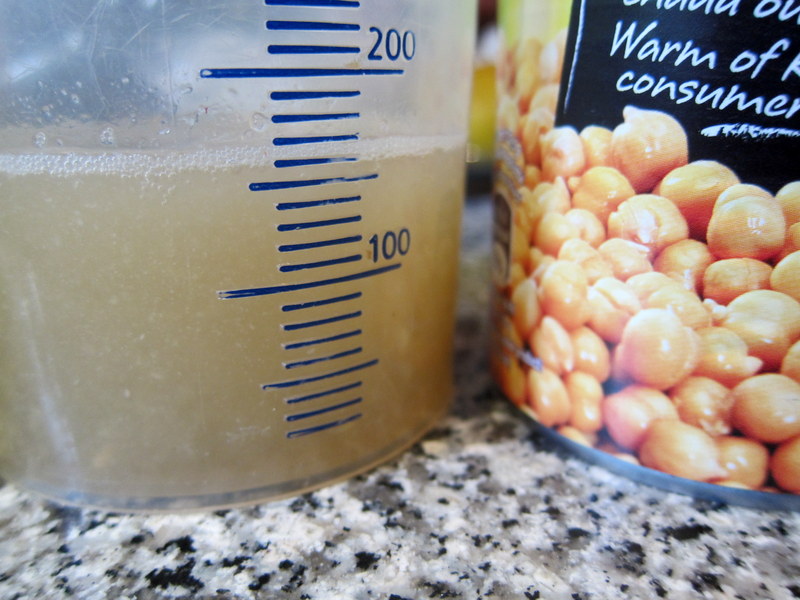
The amount of aquafaba found in a typcial can of chickpeas should be enough for about 3-4 batches of sorbet
Pour the aquafaba into your kitchen assistant/food processor (a good whisk may do, too, if you have the required stamina) and whisk the liquid for about five minutes or so. The aquafaba will turn frothy, and then begin to stiffen.
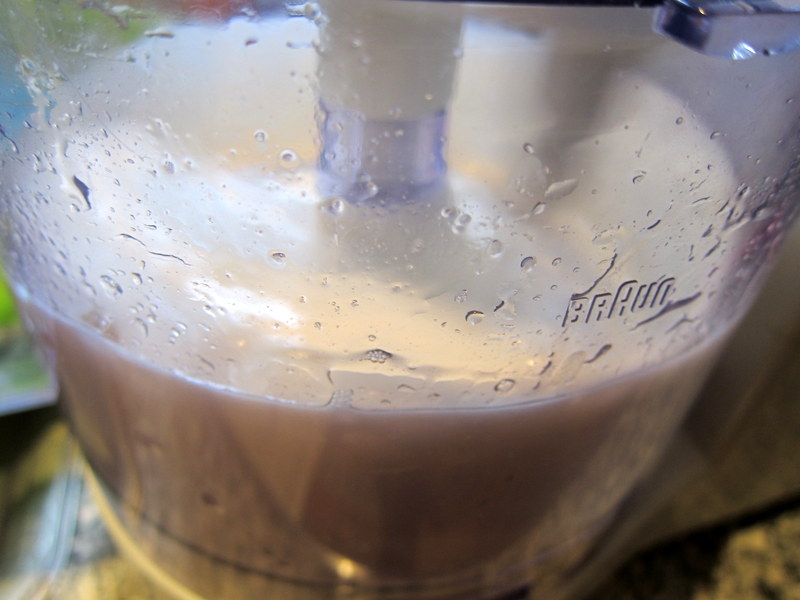
Incredible but true – aquafaba, when whipped, turns into a clear look-a-like to “ordinary” meringue batter
Once the aquafaba has begun to stiffen, it will look stunningly similar to whisked egg white. Continue to whisk and add the sugar, whisking in a generous tablespoon at a time.
After all this whisking, your aquafaba should be about as stiff as meringue batter.
Test your aquafaba meringue with the classic trick if you dare: if the meringue stays in place and does not fall down on your head, it is ready!
Testing it with real sorbet
The aquafaba meringue sure looked like “ordinary” meringue batter, but there was a mild but clear flavour of chickpeas to the sweet taste (remember to flavour the batter in case you want to bake “ordinary” meringues!).
In order to check if the aquafaba meringue really could match the classic Italian one, I prepared a batch of raspberry sorbet in much the same way as I did when testing Italian meringue: to save time, go to that recipe and mentally replace all references to “Italian meringue” with “Aquafaba meringue” for details on how to prepare the sorbet base.
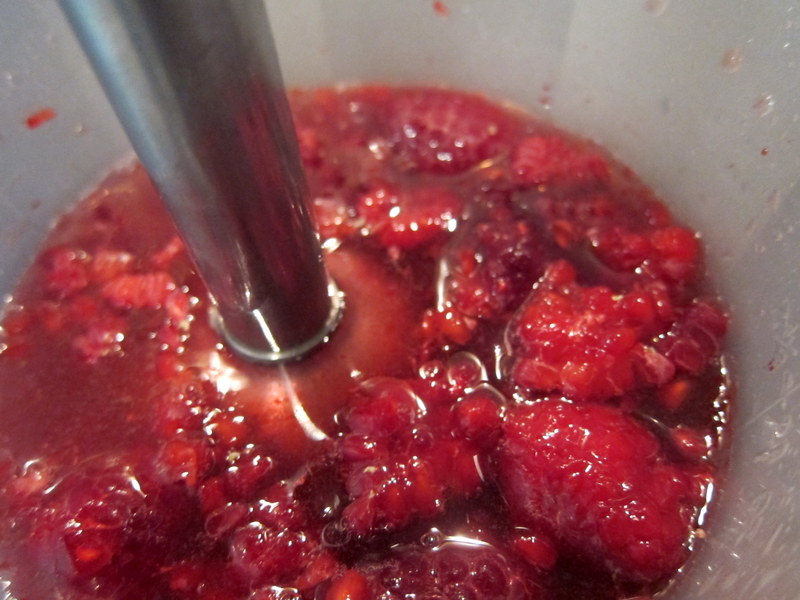
Purée the strawberries with some lemon juice. Mix with an equal amount of simple sugar syrup: the sorbet base is ready!
Once the sorbet base has been prepared, get hold of some aquafaba meringue
In case you already forgot – just whisk the liquid from a can of chickpeas in a kitchen assistant/food processor until fairly stiff, add sugar and whisk until confirmed stiff.
Add some aquafaba meringue to your almost-churned sorbet base
Once the churning almost is finished and has started to firm up, add about 150-200 ml (about 0.6-0.8 cup) of the aquafaba meringue. Continue to churn until finished.
A word of caution: Just like when dealing with normal Italian meringue, keep in mind that too much meringue will turn the sorbet into so-called spoom. Spoom is a kind of lighter, more airy cousin to sorbet and certainly has its charm. Since you might want to end up with a sorbet, however, it is important to keep an eye on how much you add!
Aquafaba meringue – The easy way to give your sorbet a boost!
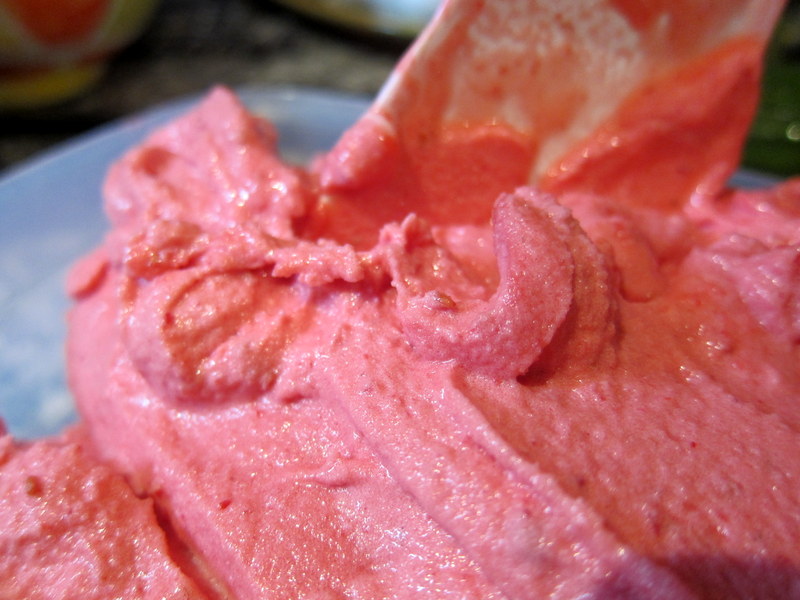
Just like Italian meringue, the aquafaba meringue will lift your sorbets to new heights, improving texture, stability and arguably even the overall flavour.
Heureka – The stiff-whipped aquafaba can be used in the exact same way as Italian meringue!
The typical positive characteristics of Italian meringue are all there, but making aquafaba meringue is not only vegan and egg-free – It is also much, much easier! No cooking is required, as the aquafaba meringue (unlike its egg-based relative) does not require any heating and/or pasteurisation: Just whisk and add sugar!
While the meringue foam inevitably comes with a (surprisingly light) flavour touch of chickpeas, nothing of this will remain in the final sorbet: the overall sorbet flavour effectively overshadowing it completely. And just like Italian meringue, any surplus aquafaba meringue can easily be stored for future use in the freezer: Whenever you make your next sorbet, the boost elevating it to the next level is only a trip to the freezer away.
A winner? Yes, I am clearly impressed! Aquafaba meringue has a lot going for it – No need to be vegan to take advantage of this great sorbet-improver!
PS. How did the final raspberry sorbet turn out? It was an instant hit – the discerning test panel loved it! Along glowing praise, the sorbet vanished in no time at all 🙂
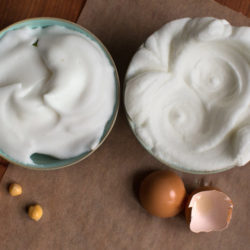
Aquafaba - vegan meringue, Italian style
Ingredients
For the aquafaba meringue
- About 150 ml (2/3 cup) of aquafaba (the liquid typically found in 1 can [of about 15-ounce/425 gram] of chickpeas)
- About 130 gram (about 2/3 cup) of sugar
- [A kitchen assistant/food processor equipped with a whisk]
For the raspberry sorbet
- 500 ml (2 cups) raspberries (fresh or frozen)
- 500 ml (2 cups) simple sugar syrup (made up of about 2 parts water and 1 part sugar; the exact proportions will depend on the amount of aquafaba meringue used)
- Juice of 1 lemon
- About 150-200 ml (about 0.6-0.8 cup aquafaba meringue)
Instructions
- Whisk the aquafaba in a household assistant for a few minutes until the liquid has stiffened somewhat and begun to turn white.
- Continue whisking and add the sugar, tablespoon for tablespoon.
- Whisk until the aquafaba has stiffened so much that it stays in the bowl if the bowl is turned upside down: Ready!

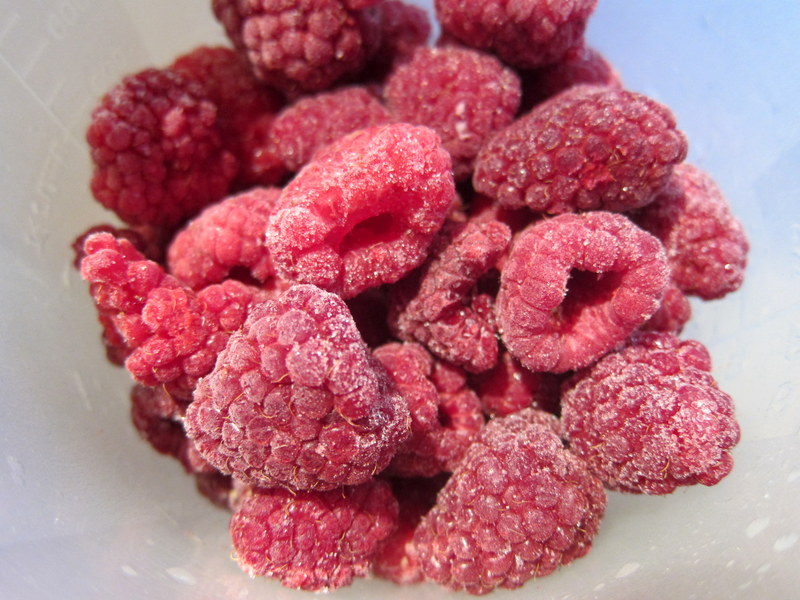
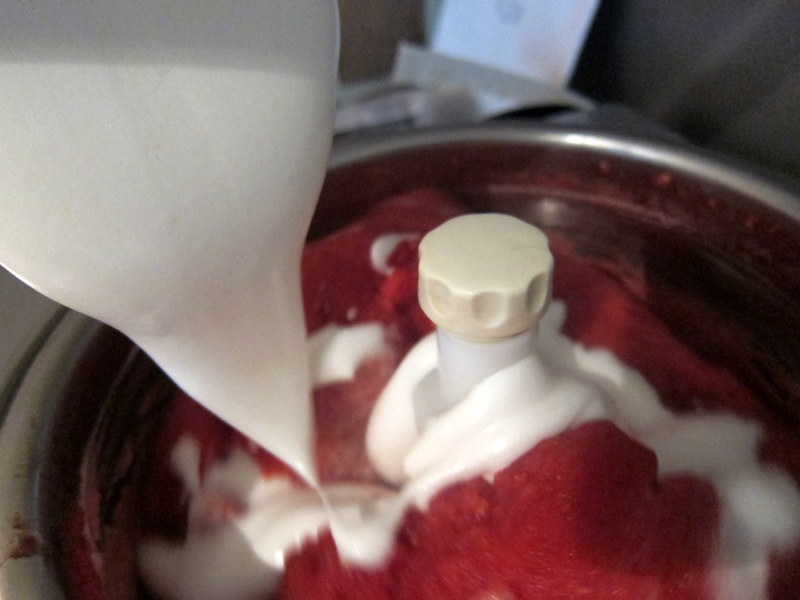
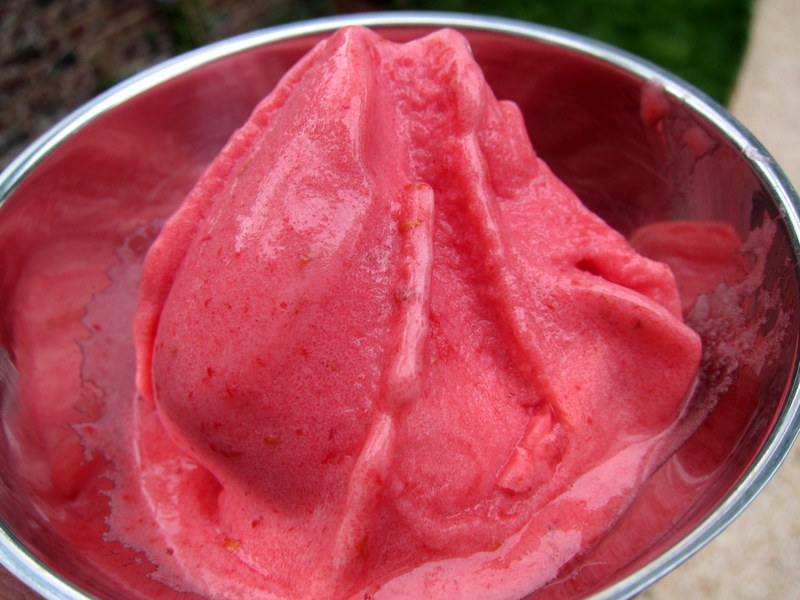
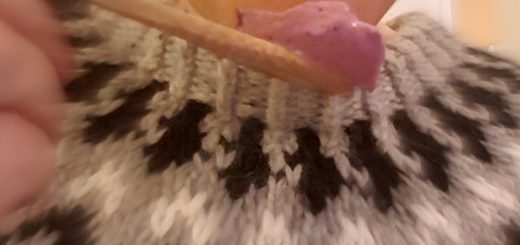
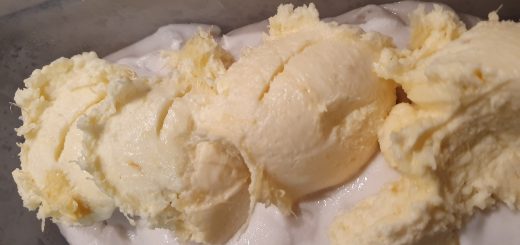
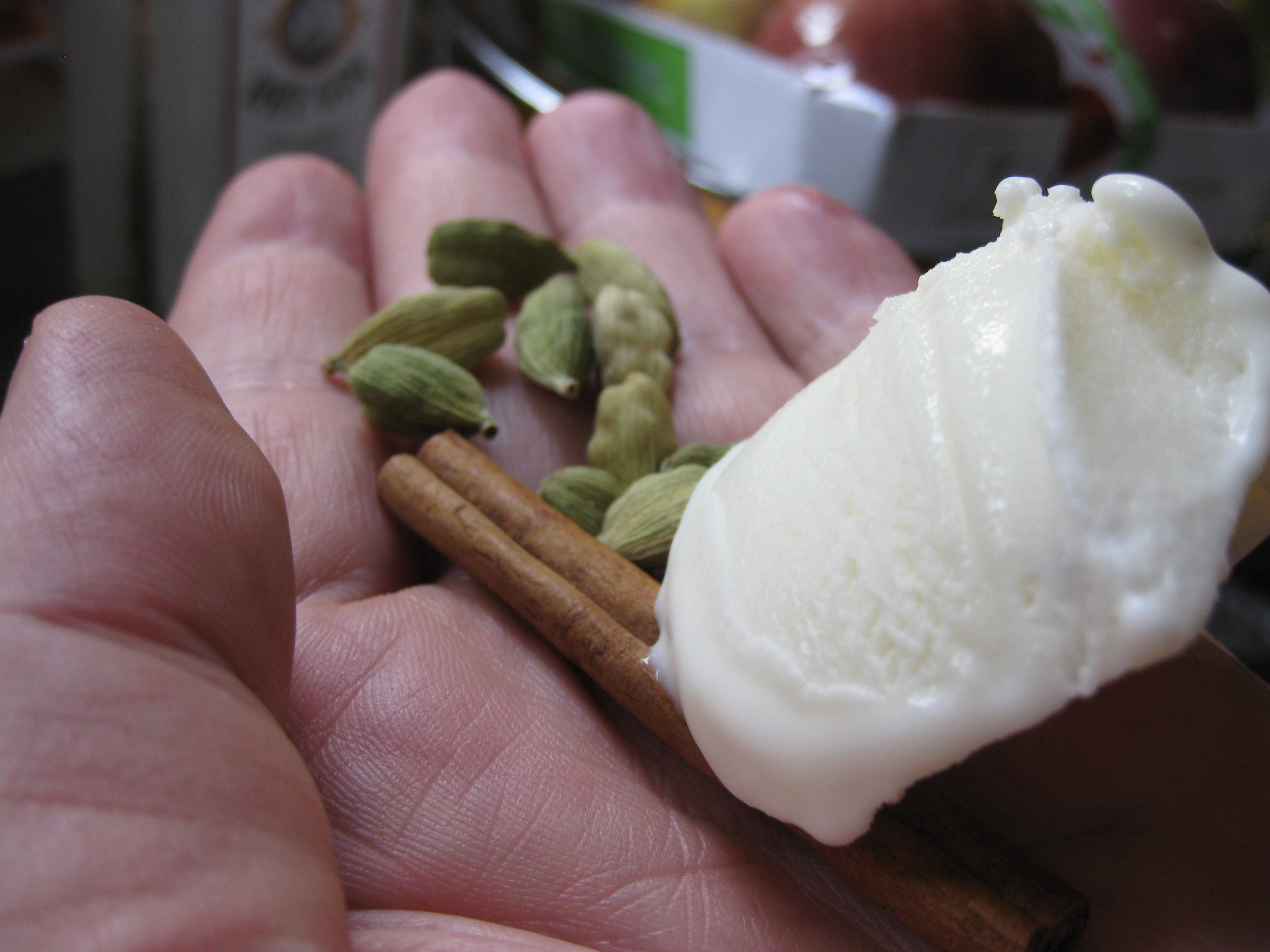


Have you tried using coconut cream and coconut milk as well? These are widely used in Philippine ice creams because of the cheap and accessible ingredients.
Jenny,
Yes, I have used coconut at times (check out the Piña colada sherbet). As you write, it is clearly a good, possible ice cream ingredient (the drawback, of course, being that it is difficult to avoid the added coconut flavour which may go more or less well with the other flavour(s) in the ice cream.
Oh sorry. Will check that out and the extensive list of your other recipes here. Thank you.
I love your recipes, I am planning to make all of them, However now I want to utilize all the fruit trees in my house, can I make any citric sorbet (orange lemon or tangerine) with aguafaba or italian meringue. I made an orange sorbet at end up like a frozen juice. How about if I use corn syrup?
Thank you ,
Laura
Hi Laura!
Happy to hear that you love the recipes :-)!
You could certainly use either aquafaba or Italian meringue to improve your citric sorbets (as well as other sorbets). By the way, have you read my post “How to improve sorbets”? I don’t know how you made your icy orange sorbet but it sounds to me like you may have used too little sugar: adding some corn- or glucose syrup will indeed likely improve the situation and could reduce the iciness even if your sugar-ratio already is roughly OK. If you do all measurements right, however, and decide to go down the aquafaba/Italian meringue road there should be little need for any further additions.
Best of luck with your sorbets!